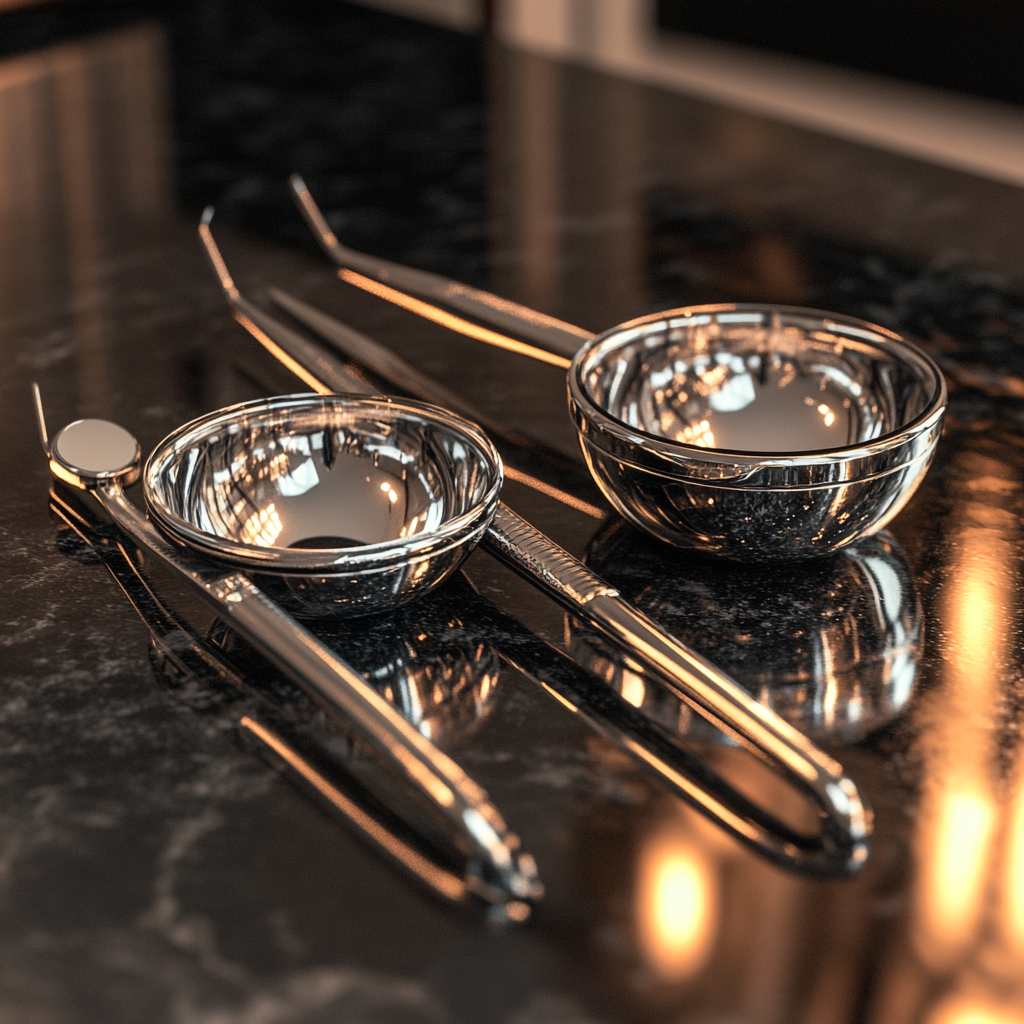Turk J Ophthalmol. 2025 Jun 25;55(3):112-119. doi: 10.4274/tjo.galenos.2025.47717.
ABSTRACT
OBJECTIVES: To evaluate the effectiveness of conventional therapy and 20% autologous platelet-rich plasma (aPRP) eye drops for moderate to severe dry eye disease (DED).
MATERIALS AND METHODS: In this prospective interventional study, 40 individuals (80 eyes) with moderate to severe DED were analyzed. Twenty patients each were randomly assigned to the study and control groups. The study group was given 20% aPRP eye drops; the control group was given artificial tears as per conventional treatment. Comprehensive eye examinations including evaluation of best corrected visual acuity (BCVA), tear meniscus height, tear break-up time (TBUT), Schirmer’s test, corneal fluorescein staining, conjunctival impression cytology, and Ocular Surface Disease Index (OSDI) were conducted in both groups for 3 months. Pre- and posttreatment results were compared.
RESULTS: The average age of patients in the study group was 51±14 years (range, 37-65 years), whereas that of the control group was 50±17 years (range, 33-67 years). After 3 months, there was a more significant decrease in OSDI score in the study group than in the control group (p<0.01). The BCVA data demonstrated no statistically significant difference (p>0.05). Measurements of tear meniscus height, Schirmer’s value, and TBUT at 3 months showed statistically significant differences (p<0.01). The posttreatment improvements in fluorescein staining and impression cytology scores in the study group were markedly superior to those in the control group (p<0.01).
CONCLUSION: aPRP is both safe and more effective than conventional treatments for moderate to severe symptomatic DED.
PMID:40560075 | DOI:10.4274/tjo.galenos.2025.47717
